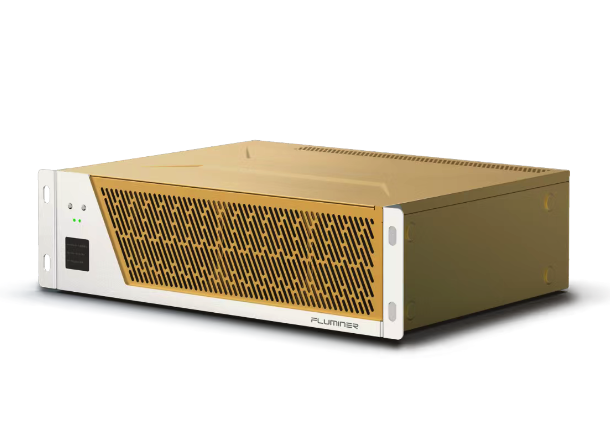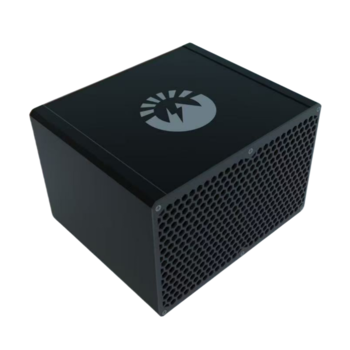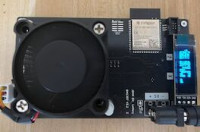谈谈区块链(10):以太坊中的Events和Logs
以太坊中的事件(Events)和日志(Logs)是个特别让人困惑的概念,本文帮大家梳理。

首先,以太坊中的Events和Logs基本上算是同一个概念。Solidity和web3.js中称为Events,以太坊黄皮书中称为Logs。你可以理解为:以太坊通过Logs实现Events(事件)功能。智能合约代码通过LOG opcode将日志写入区块链中。
日志内容位于区块链的什么地方?
日志内容是交易收据(Transaction Receipts)的一部分,整个日志内容,包括Receipts的其它内容会生成一个ReceiptsRoot存储在区块的头部。而完整数据则是链下存储。
事件和日志的主要用途有三种:
帮助用户客户端(web3.js)读取智能合约的返回值;
智能合约异步通知用户客户端(web3.js);
用于智能合约的存储(比Storage便宜得多);
下面我们逐个解释:
1.帮助用户客户端(web3.js)读取智能合约的返回值:
假设下面的智能合约:
contract ExampleContract {
// some state variables ...
function foo(int256 _value) returns (int256) {
// manipulate state ...
return _value;
}
}我们可以通过web3.js的message call功能模拟调用智能合约:
var returnValue = exampleContract.foo.call(2); console.log(returnValue) // 2
但是在真实的环境中我们需要发送交易(Transaction)来调用某个智能合约。这时我们将无法获得智能合约的返回值。因为该交易当前只是被发送,离被打包、执行还有一段时间。此时调用的返回值只是该交易的txid或称为tx hash值。
var returnValue = exampleContract.foo.sendTransaction(2, {from: web3.eth.coinbase});
console.log(returnValue) // transaction hash这时事件(Events)就登场了:
//以下是solidity智能合约代码
contract ExampleContract {
event ReturnValue(address indexed _from, int256 _value);function foo(int256 _value) returns (int256) {
ReturnValue(msg.sender, _value);
return _value;
}
}
//以下是web3.js用户客户端代码
var exampleEvent = exampleContract.ReturnValue({_from: web3.eth.coinbase});exampleEvent.watch(function(err, result) {
if (err) {
console.log(err)
return;
}
console.log(result.args._value)
// check that result.args._from is web3.eth.coinbase then
// display result.args._value in the UI and call
// exampleEvent.stopWatching()
})
exampleContract.foo.sendTransaction(2, {from: web3.eth.coinbase})当交易被打包时,web3.js中的callback就会被调用,这时web3.js就可以得到交易中的智能合约调用的返回值了。 至于为什么交易打包,web3中的callback就被调用那是另一个问题了,简单解释如下。web3会和以太坊某个节点相连,当该节点得知某个交易进block后,会通知相连的web3相关信息。
2.智能合约异步通知用户客户端(web3.js):
上面例子是智能合约通知用户客户端的典型例子,但还有更多的异步调用可以通过类似的方式实现,从而实现了智能合约异步调用用户客户端的能力。 注:智能合约通常用solidity编写,运行在以太坊节点上(EVM)。 注:用户客户端通常用web3.js编写,运行在web服务器上,web3.js跟某个以太坊节点相连。
3.用于智能合约的存储(比Storage便宜得多):
相比智能合约账户的Storage,用日志的方式存储一些信息会便宜很多。Storage中大致的价格是:每32字节(256位)存储需要消耗20,000气(Gas)。而日志大致是每字节8气(Gas)。
下面看一个例子:
//solidity智能合约代码,模拟用户存款功能
contract CryptoExchange {
event Deposit(uint256 indexed _market, address indexed _sender, uint256 _amount, uint256 _time);function deposit(uint256 _amount, uint256 _market) returns (int256) {
// perform deposit, update user’s balance, etc
Deposit(_market, msg.sender, _amount, now);
}
//当某户调用智能合约存了某笔款后, 智能合约需要主动通知用户客户端更新相应信息。
//以下是web3.js代码:var depositEvent = cryptoExContract.Deposit({_sender: userAddress});
depositEvent.watch(function(err, result) {
if (err) {
console.log(err)
return;
}
// append details of result.args to UI
})//通过增加fromBlock参数指定关注的区块范围
var depositEventAll = cryptoExContract.Deposit({_sender: userAddress}, {fromBlock: 0, toBlock: 'latest'});
depositEventAll.watch(function(err, result) {
if (err) {
console.log(err)
return;
}
// append details of result.args to UI
//如果不想再被通知可以调用:
//depositEventAll.stopWatching();
})//注:indexed关键字表示按该字段索引日志,以提高查询效率。
以上内容是作者根据网上资料和个人理解梳理而得。如有转载请注明出处《谈谈区块连》。更多以太坊知识请阅读《谈谈区块连》其它文章或视频,以及关注《谈谈区块连》微信公共号:ttblockchain
声明:此文出于传递更多信息之目的,并不意味着赞同其观点或证实其描述。本网站所提供的信息,只供参考之用。
- 相关阅读
-
一周三倍 Dash官方总结DASH表现出色的五大原因
2025-11-04 -
Galaxy:山寨币ETF大军即将到来 哪些的前景会光明
2025-11-03 -
如果比特币出现危机 其他加密货币会怎样?
2025-11-02 -
回望比特币2025:“数字黄金”为何让投资者失望?
2025-11-02 -
曾红极一时的DAT如今怎么样了?未来出路在哪里?
2025-11-02





 币种收益
币种收益
 矿机收益
矿机收益
 显卡收益
显卡收益
 收益计算
收益计算
 矿池信息
矿池信息
 FIL排行榜
FIL排行榜






 矿机产品
矿机产品 算力挖矿
算力挖矿
















